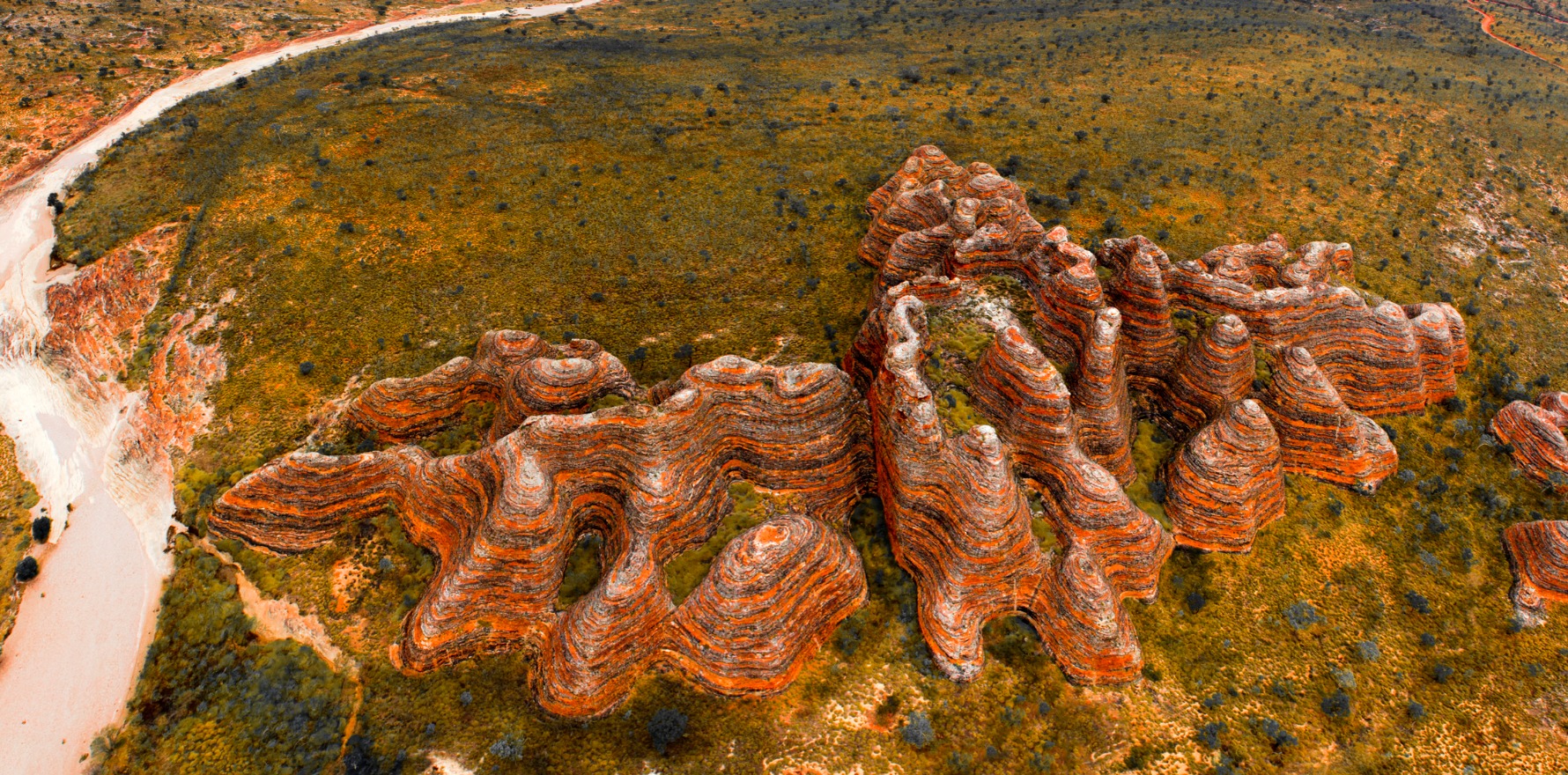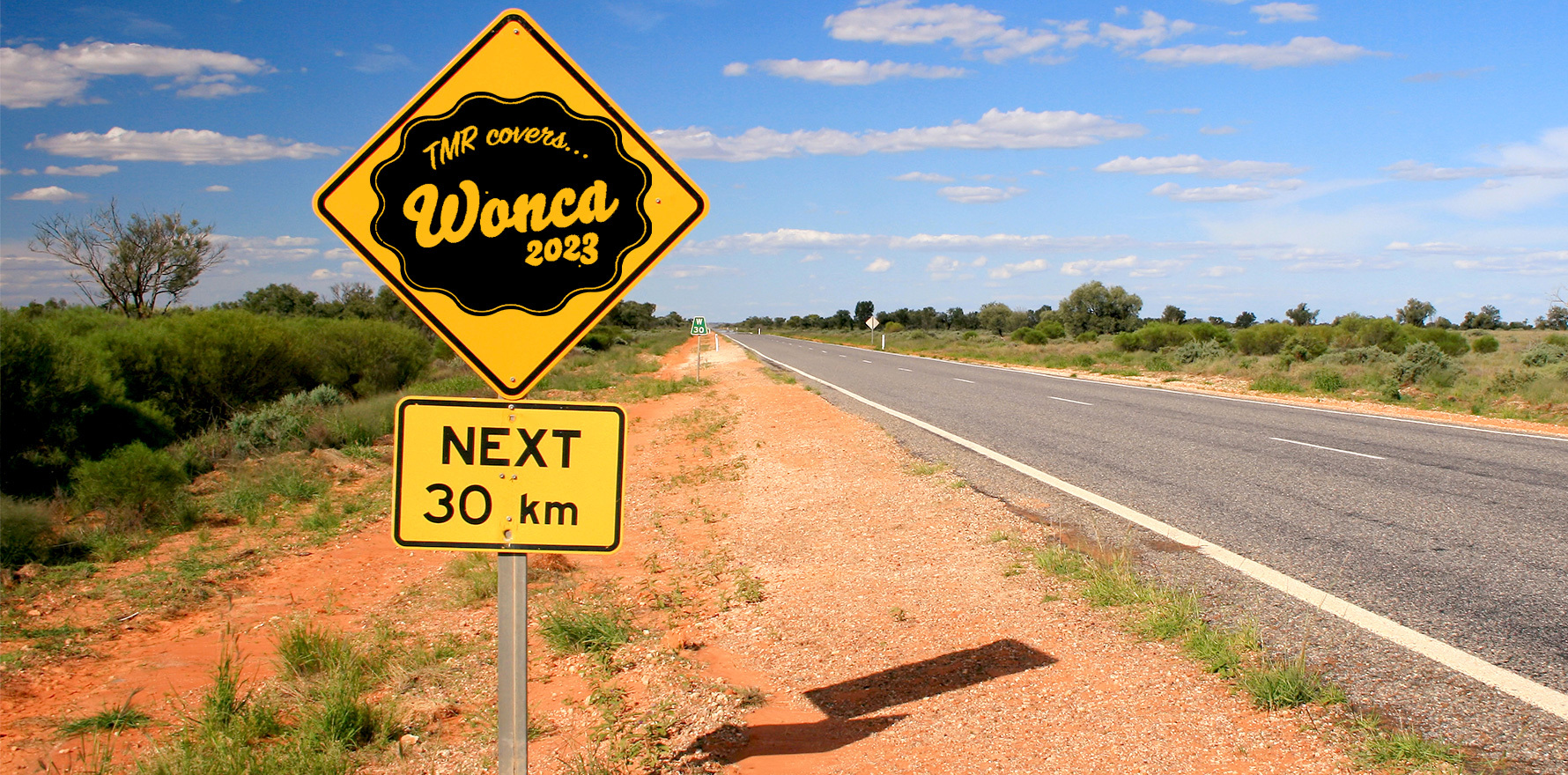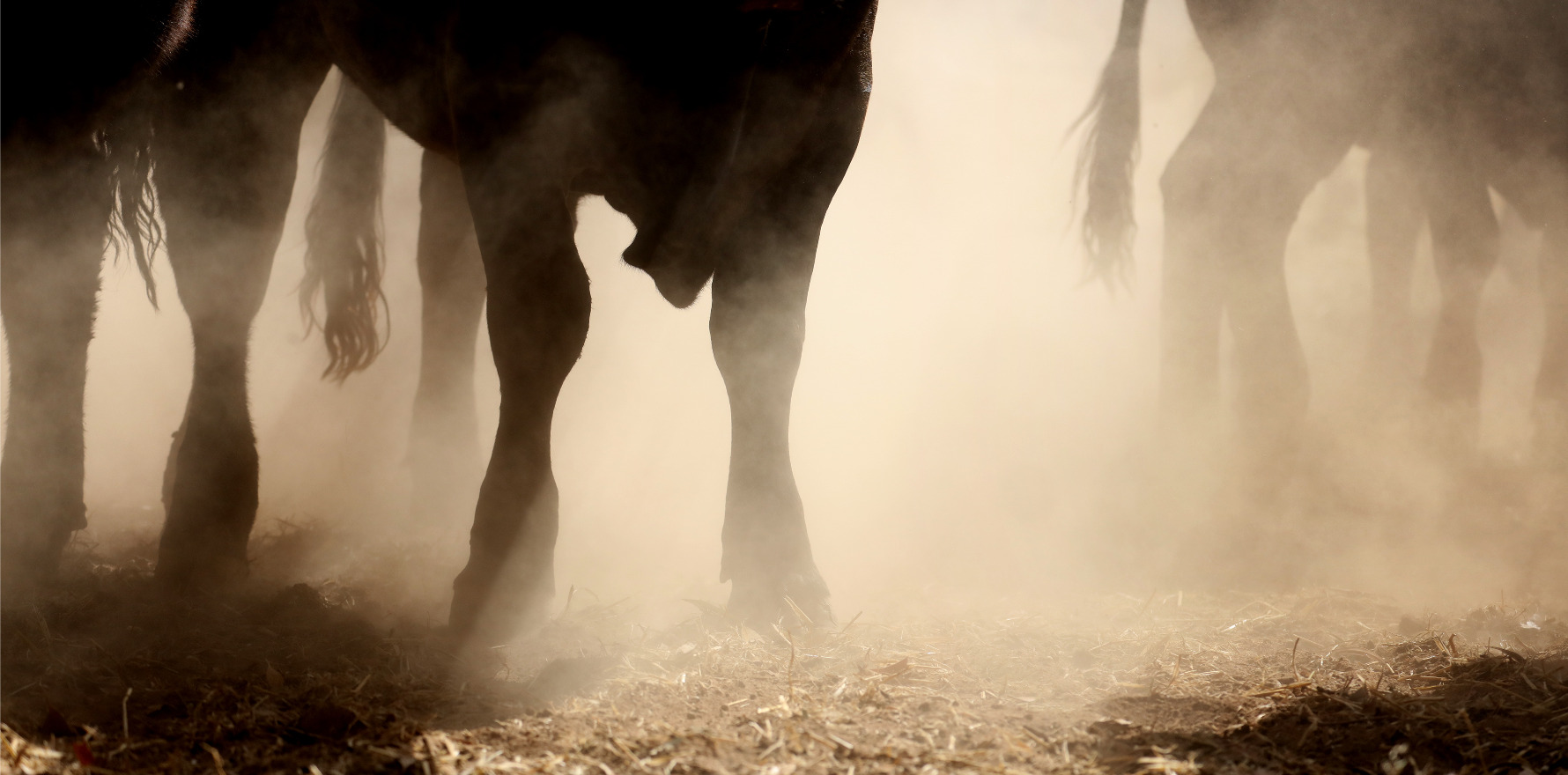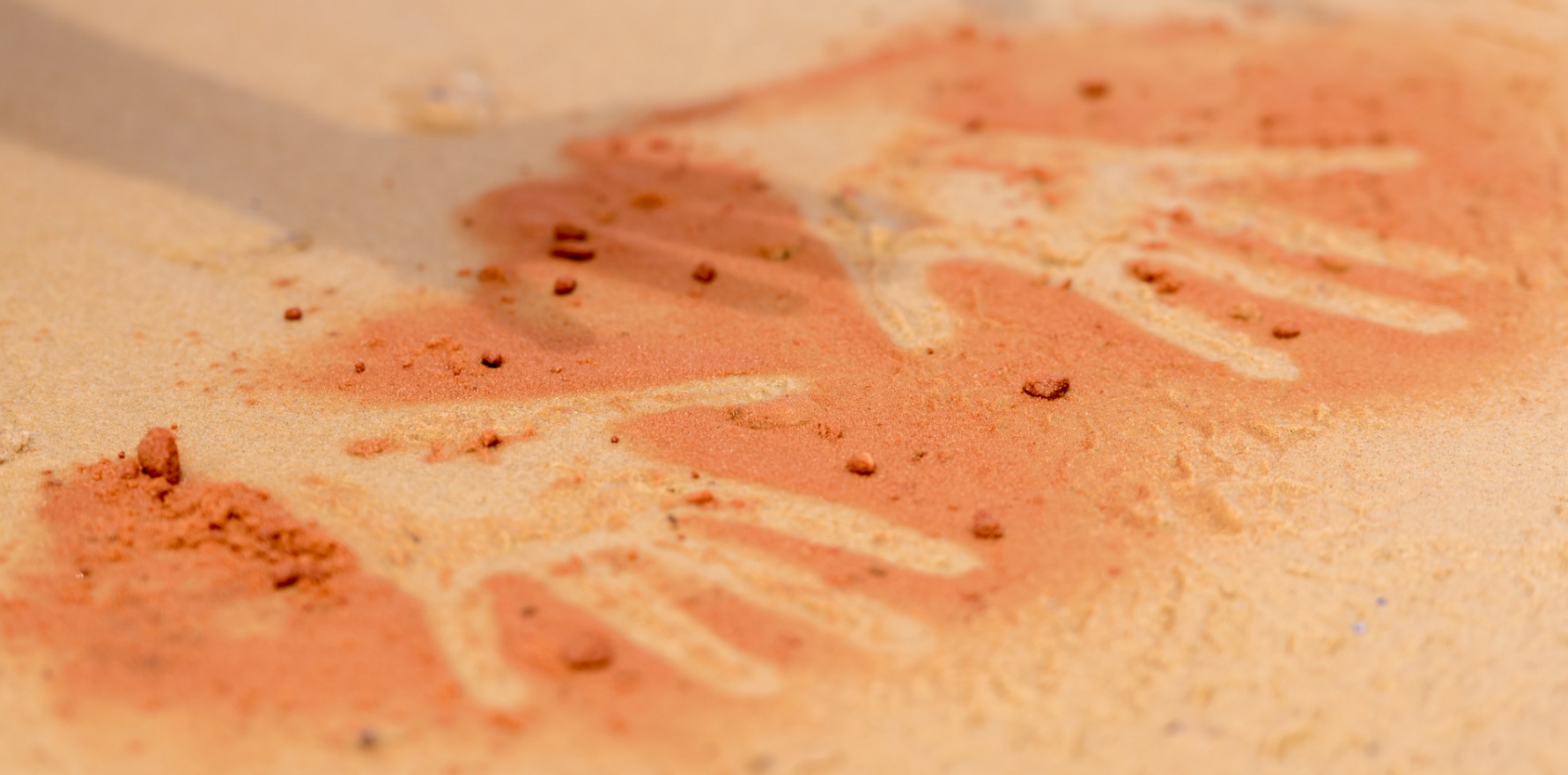An expert panel shared unique and authentic insights into managing pain in rural and remote areas.
“Can’t forget, we only get what we give” – New Radicals
Speaking as part of a panel on rural and remote pain management and cultural engagement at the Annual Scientific Meeting of the Australian Pain Society in Darwin last month, Dr Matthew Bryant, director of rural and Indigenous medical services at the Townsville Hospital and Health Service, shared his experiences in providing culturally informed care in remote areas.
“It’s not difficult, but it’s not always intuitive. And sometimes if you don’t know, you just make a simple mistake… [But if] Aboriginal and Torres Strait Islander people understand that the intent is good, they are often very forgiving,” he told delegates.
Dr Bryant spoke about the importance of involving Aboriginal and Torres Strait Islanders in clinical and research initiatives as equals from the outset, rather than bringing them in last minute as a tokenistic gesture.
“It’s important that we put the relationships before the business,” he said. “If you’re organising a meeting with a group of Aboriginal and Torres Strait Islander consumers, the first thing I would suggest is putting your timelines and agenda in the bin. You will get to where you need to get to in the end, but it’s not a straight line. It’s more like a circle.”
Ms Marayah Taylor, indigenous hospital liaison officer at Townsville Hospital, encouraged delegates to become familiar with clinical yarning – a patient-centred approach where relationships are built around finding and sharing common ground.
“It’s something that’s not completely foreign, it’s something that we do every day. I think the thing that gets in the way of this is our preconceived ideas that once we’re at work we’re different people.
“But we’re human to human, whether it be clinician or a consumer, [we can] connect at that level – where they’re from, where they’re at now, what they’d like to be in the future, [and] what’s dear to them.
“Don’t say you’re doing patient-centred work if you don’t know that’s truly at that person’s centre [and] what matters to them. What are their priorities in their life to make health a priority?”
Related
A key part of this collaborative approach involves being honest and giving something of yourself participating in clinical yarning with Aboriginal and Torres Strait Islander people. Dr Bryant acknowledged some clinicians may initially be reluctant to share personal information and offered alternatives on how to start building meaningful relationships.
“In that scenario, you just bring up something else. You can talk about fishing or food. You might notice [they’re] wearing a South Sydney [Rabbitohs] jersey and say, ‘hey, what’s going on? This is North Queensland – we go for the Cowboys up here’, and then talk about that.”
Dr Jacob Koshy, director of anaesthetics at Alice Springs Hospital, echoed the importance of being genuine when building meaningful relationships with Aboriginal and Islander people.
“Aboriginal people [are] very perceptive,” he said. “They can tell when you are genuine and when you are not. And if you’re going to make any difference in their lives, they have to understand and believe that you genuinely care about them.
“If you can do that, they will trust you implicitly. They will allow you into their lives, and adopt you into their family, as I have been. Being given – and being introduced by – my skin name makes such a huge difference… in the trust they place in me when they come to me for help, or when I see their family or their friends in the pain clinic.”





